Start 14-Day Trial Subscription
*No credit card required

The Complete Guide to IPA Styles
There has been enough written on the IPA beer style in recent years to fit into a mammoth, epic tome that could fill an entire library shelf.
However, with so much fragmentation occurring within the uber-popular style over the course of the past few years (with seemingly more cropping up on a day-to-day basis), there has never been a complete guide to the IPA style.
With this piece, we hope to elucidate and elaborate on the style by describing and exploring each and every IPA style that you’re likely to find on the market currently. Read on to enjoy the colorful and widely varied IPA scene in craft beer.
Beer Judge Certification Program Styles
First off, let’s delve into the IPA styles that are listed in the Beer Judge Certification Program’s (BJCP) 2015 style guidelines, which is the program’s most recent style listings.
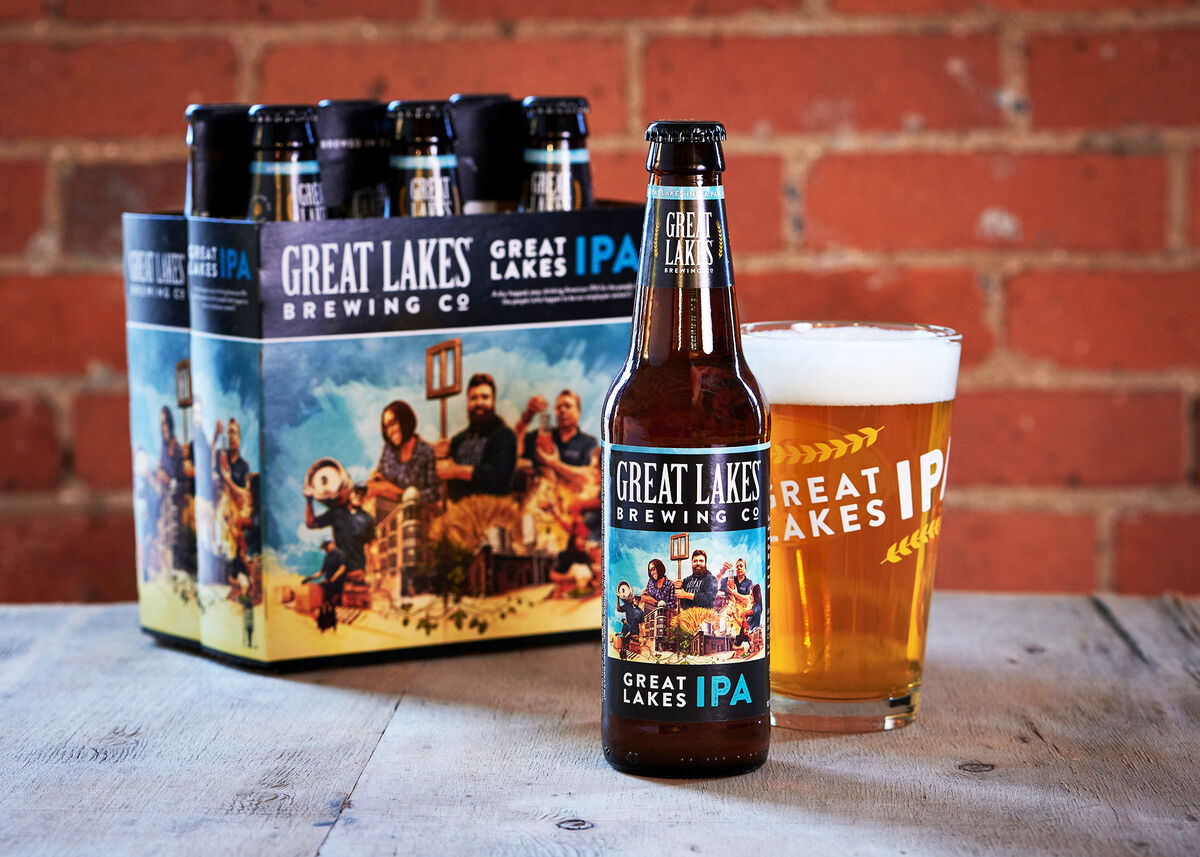
American IPA
This is the “classic” example of what one would think of when describing an IPA to someone with no prior knowledge of the style. A medium-gold to light amber beer with a healthy amount of white to off-white head, hops are the star of the show – though note that the classic American IPA can also showcase low to medium-low malt aromas of caramel, toast and grain.
According to the BJCP, the American IPA is “a decidedly hoppy and bitter, moderately strong American pale ale, showcasing modern American or New World hop varieties. The balance is hop-forward, with a clean fermentation profile, dryish finish, and clean, supporting malt allowing a creative range of hop character to shine through.”
Indeed, the through-line for almost all of these IPA styles will be a focus on how hops are used, what type of hops, the quantity of hops employed during the brewing process, when the hops were added, etc.
Just know that without the American IPA style, all of the other styles mentioned in this piece would not exist.
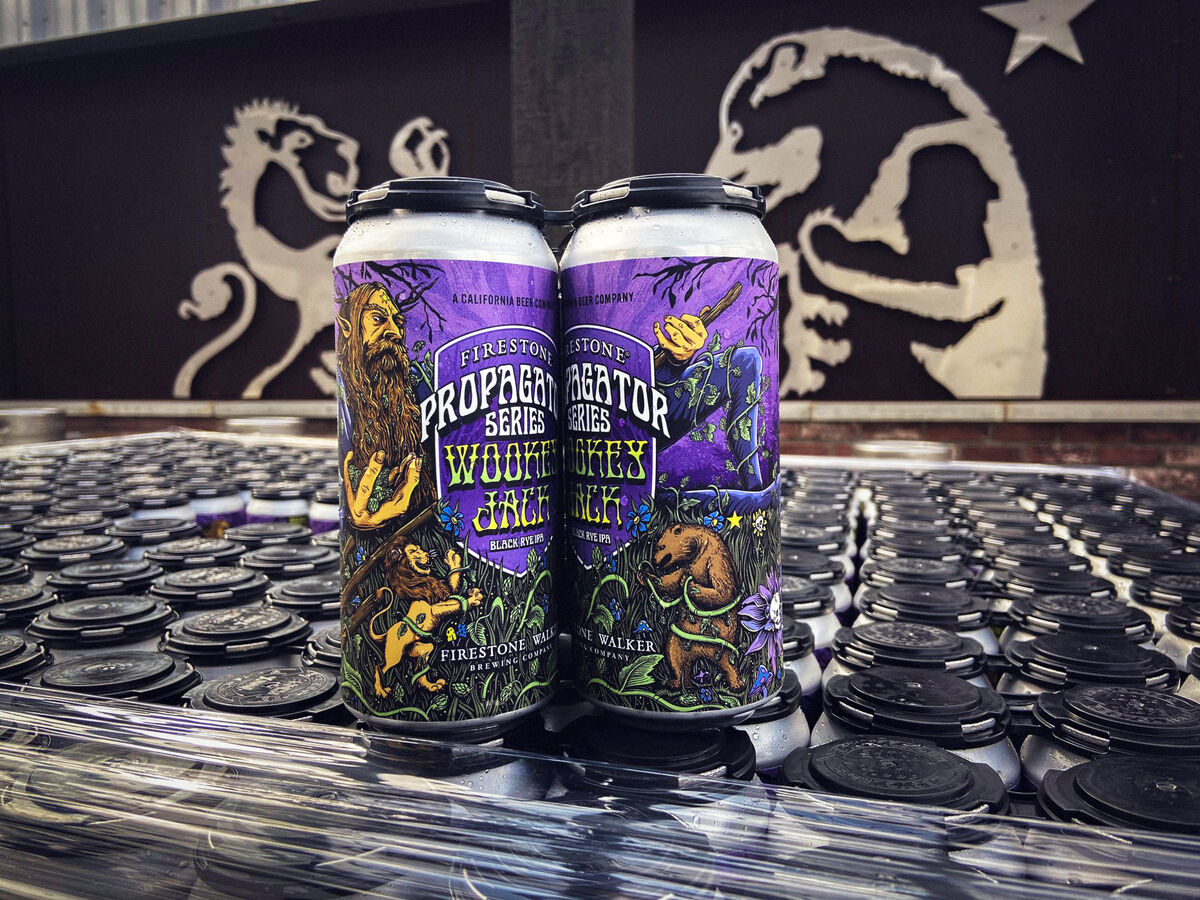
Specialty IPA
Specialty IPA is a blanket term used by the BJCP to reference any IPA that is not a standard American IPA. Since the rise of New England IPAs into the national consciousness occurred after 2015, there is no specific reference to them in any BJCP literature, so they are deemed Specialty IPAs. (Much more on the New England IPA and its brethren coming later).
Furthermore, any combination of these IPA styles, say a Double Black Rye IPA like Firestone Walker's Wookey Jack, is deemed as a Specialty IPA as well.
Each of the following styles are regarded as BJCP Specialty IPAs: Belgian IPA, Black IPA, Brown IPA, Red IPA, White IPA and Rye IPA.
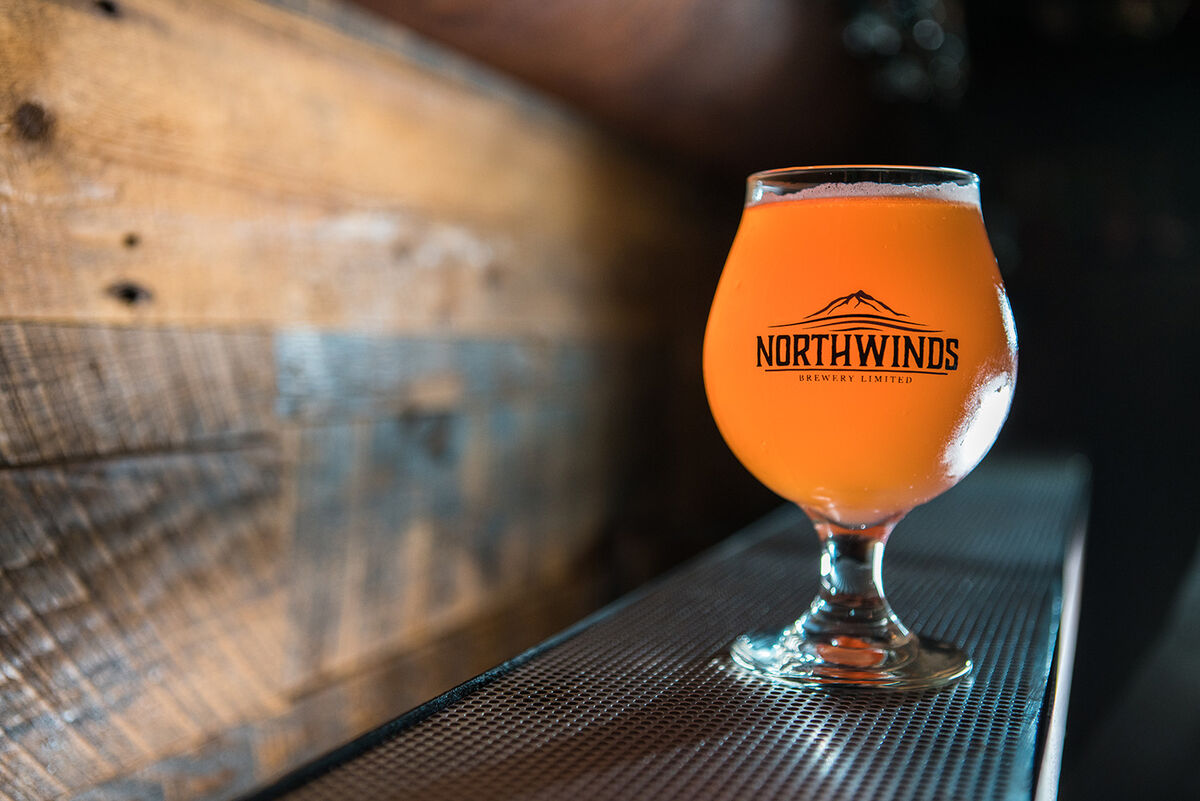
Belgian IPA
This IPA style features a fruity and spicy aroma and flavor due to the use of Belgian yeast. Often evincing grassy aromas from hops and caramelly, grainy notes from sturdy malt usage, the Belgian IPA serves as a perfect brew for those looking to bridge the gap between the powerhouse hop quotient of an IPA and the complex yet delicate nature of yeasty Belgian-style brews.
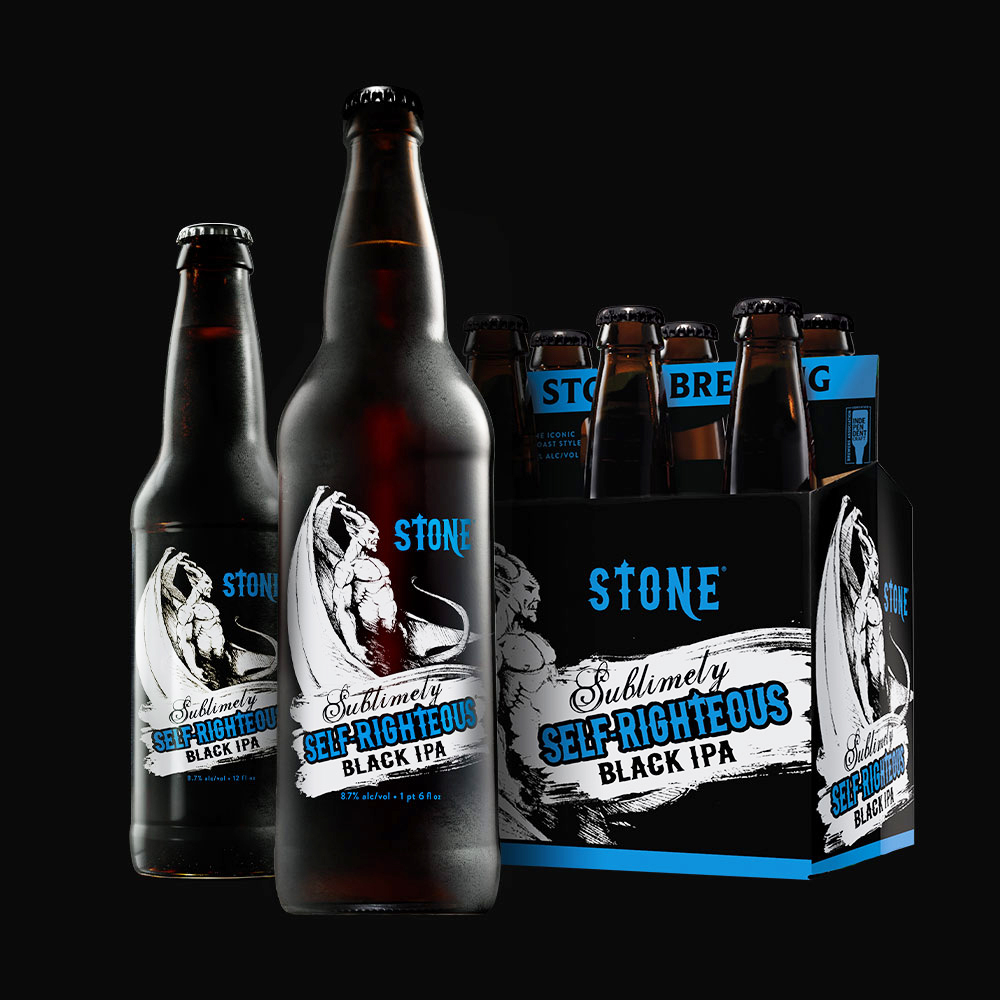
Black IPA/Brown IPA
Quite rare these days, both Black and Brown IPAs are maltier than their lighter-colored counterparts, though the Black IPA’s malt flavor should only be “gentle and supportive, not a major flavor component.”
Black IPAs should be dry and fruity with a dark brown or fully black color. The flavor here should be unmistakably IPA though dark malt flavors of caramal, toffee, chocolate or coffee may be present.
Brown IPAs are simply a stronger and more bitter version of an American Brown Ale, with the typical hop-forward elements expected of an IPA coupled with a robust dark fruit malt character.

Red IPA/White IPA
Much like Black and Brown IPAs, these two interestingly colored IPAs are uncommon in today’s saturated IPA scene, though you see these two styles slightly more often than their darker mates.
To sum it up swiftly, Red IPAs are a stronger and hoppier version of an American Amber Ale. Though quite similar in flavor to a standard American IPA, the use of medium or dark crystal malts provides a toasty or dark fruit flavor to the standard hoppy elements.
Similarly, a White IPA is a combination of a witbier with a standard IPA. This typically pale, hazy IPA hybrid offers up typical Belgian aromas and flavors of bananas, cloves and coriander alongside a healthy dosing of hops.
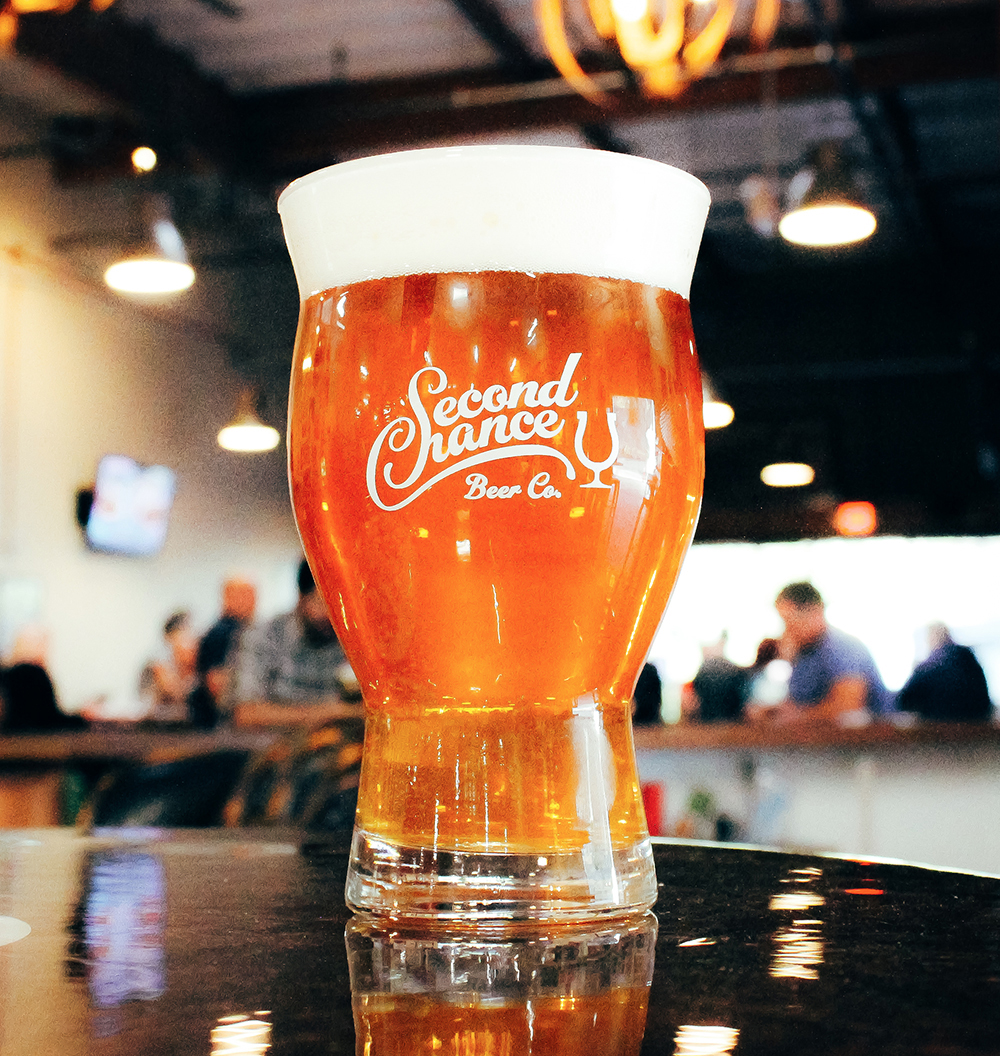
Rye IPA
This modern IPA showcases American and New World hop varieties alongside the spicy, piquant notes provided by rye malt varieties.
Color-wise, a Rye IPA should range from medium-gold to a light reddish-amber color that is fairly similar in look to an American Amber Ale.
Seeing as hazy, unfiltered IPAs have risen to forefront of craft beer fans’ minds, Rye IPAs have fallen out of favor, though they still make a rare appearance on the tap lists of enterprising and boundary-pushing breweries.

English IPA
Another quite rare style on this side of the Atlantic, the English IPA holds onto the standard hoppy aroma and flavor of all IPAs, though the malt level should be much more pronounced (medium-low to medium).
According to the BJCP guidelines, the characteristic ingredient in English IPAs is pale alt malt – a rather surprising choice for most IPAs but not for the malt-focused English IPA, which showcases its differences between U.S. versions.
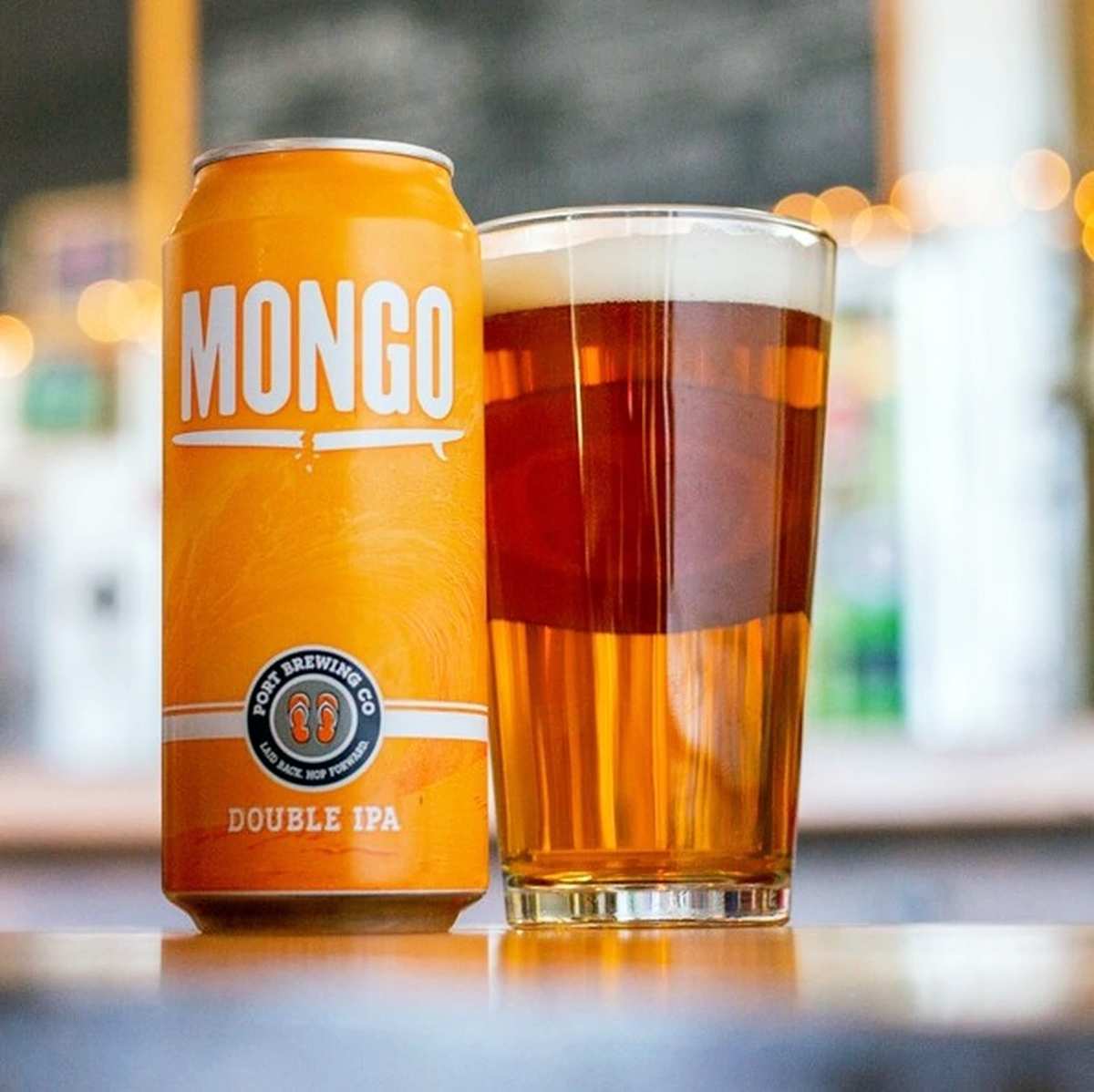
Double IPA
Double IPAs are also found in the BJCP Style Guidelines and are simply stronger versions of American IPAs or New England IPAs. Typically above 7.5-8 percent ABV, these brews are usually strong sippers that are flush with a plethora of tremendous hop notes throughout the pour.
Just as with the regular-strength IPA, Doubles can have a cornucopia of sub-styles as well.
Non-BJCP Styles
That concludes the styles included in the BJCP’s 2015 Style Guidelines. As you can see, it’s missing a wide variety of styles. Let’s delve into those style that the BJCP didn’t cover (or didn’t exist in 2015).
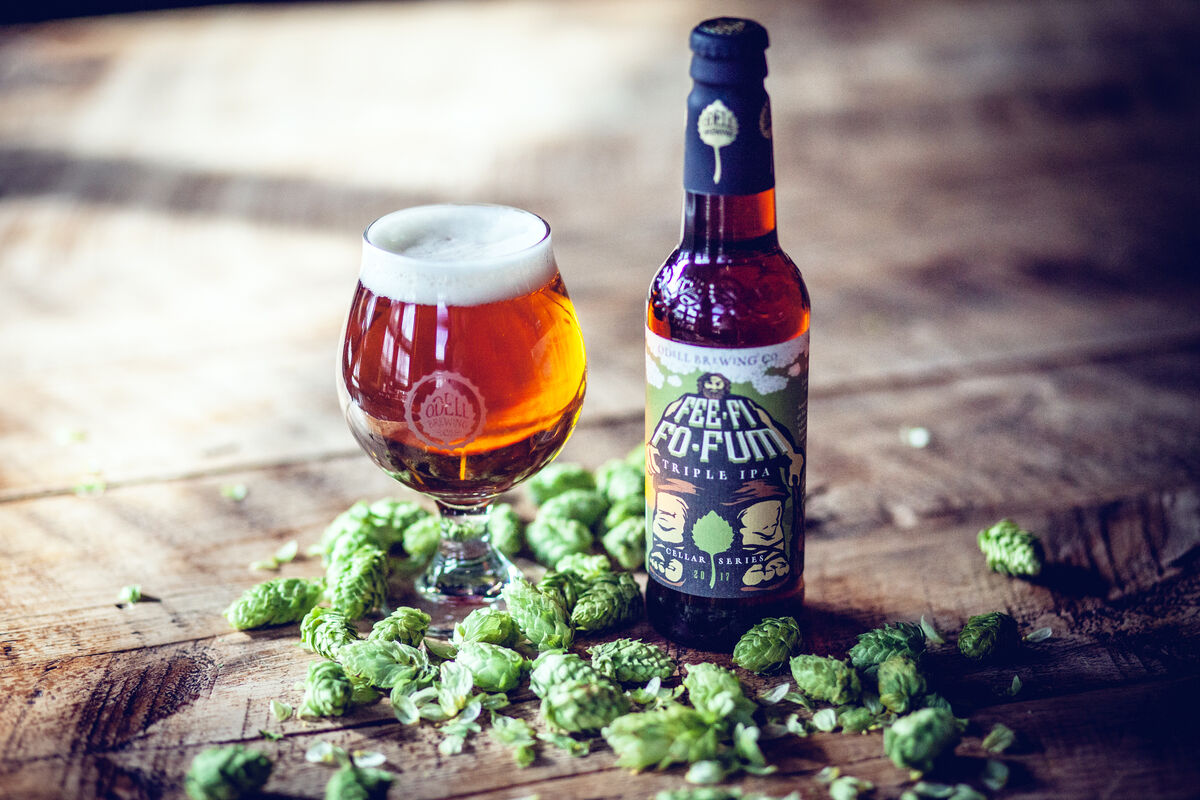
Triple IPA
An even stronger Double IPA, these fairly uncommon brews are usually quite time-consuming and quite an impressive amount of raw materials are required. As such, these double-digit-ABV brews are usually only produced on special occasions at breweries.
Expect a true surge of hop aromas and flavors – ranging from citrus, stone fruit, pine, resin and more.
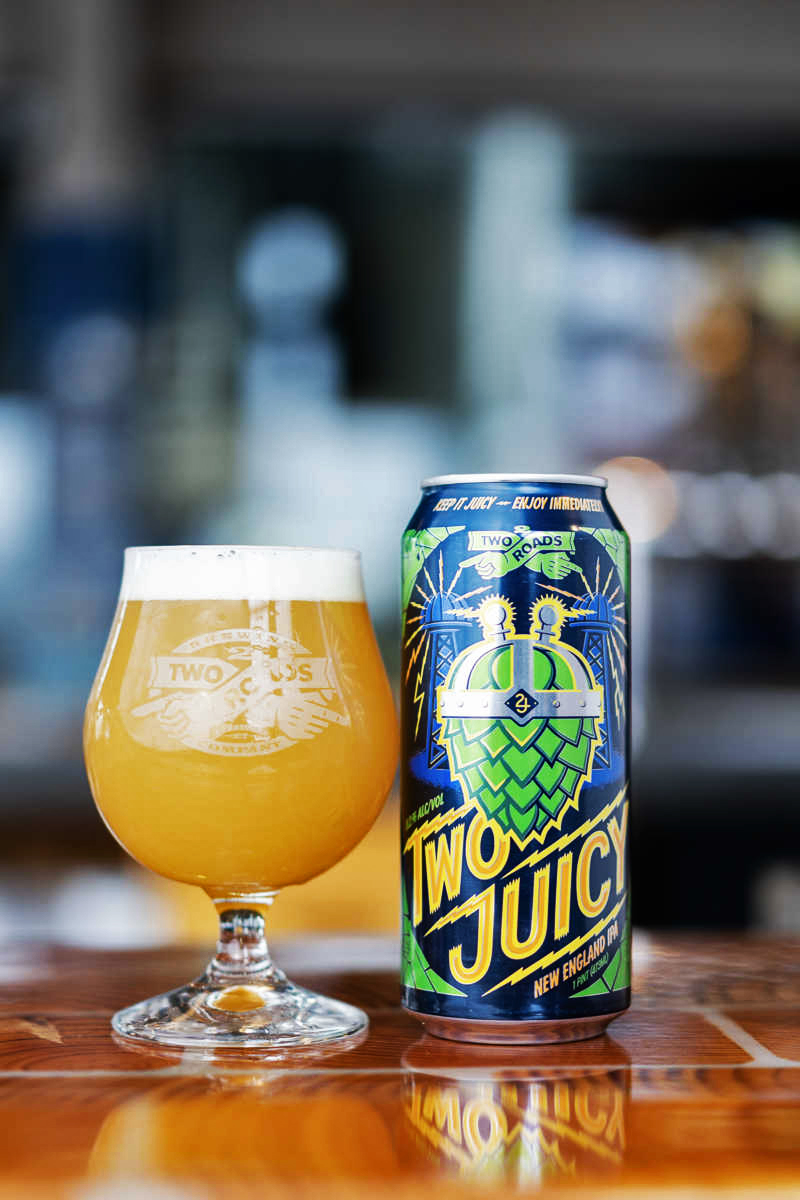
New England IPA/Hazy IPA/Unfiltered IPA
Here comes the big one. This style took the craft beer world by storm over the past few years and has now been the No. 1 style at the Great American Beer Festival for two straight years – supplanting the original American IPA for supremacy.
As you can see, there are numerous interchangeable names for this omnipresent brew, but it seems that New England IPA tends to be the most popular among beer connoisseurs, though the catch-all term “hazy” has found its way into the popular lexicon as well.
New England IPAs were first created in New England by The Alchemist in Stowe, Vermont with Heady Topper. Typified by a nearly opaque appearance and an absolute rush of tremendous hop flavors and aromas, New England IPAs juicy hop profile (juicy being another popular catch-all term in the IPA world) makes it one of the most popular styles in the world.
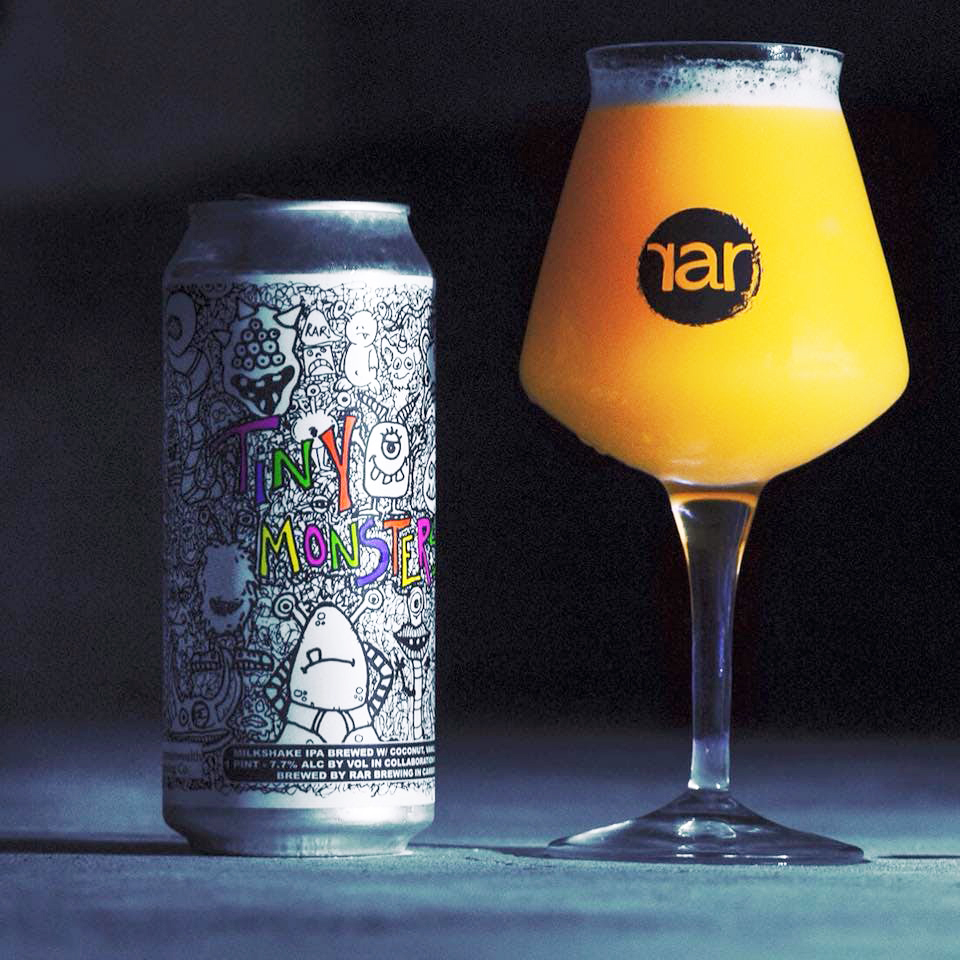
Milkshake IPA
An offshoot of the New England IPA style, this ultra-hazy brew was first invented by Jean Broillet IV of Tired Hands Brewing Co. in Ardmore, Philadelphia in collaboration with Omnipollo of Sweden.
This thick and viscous IPA style is brewed with lactose sugar and oats along with a wide range of adjuncts – as far-flung as marshmallows and graham crackers and as IPA-standard as citrus fruits – to provide a pillowy, pleasant mouthfeel that serves as a perfect hop delivery method for IPA fans.
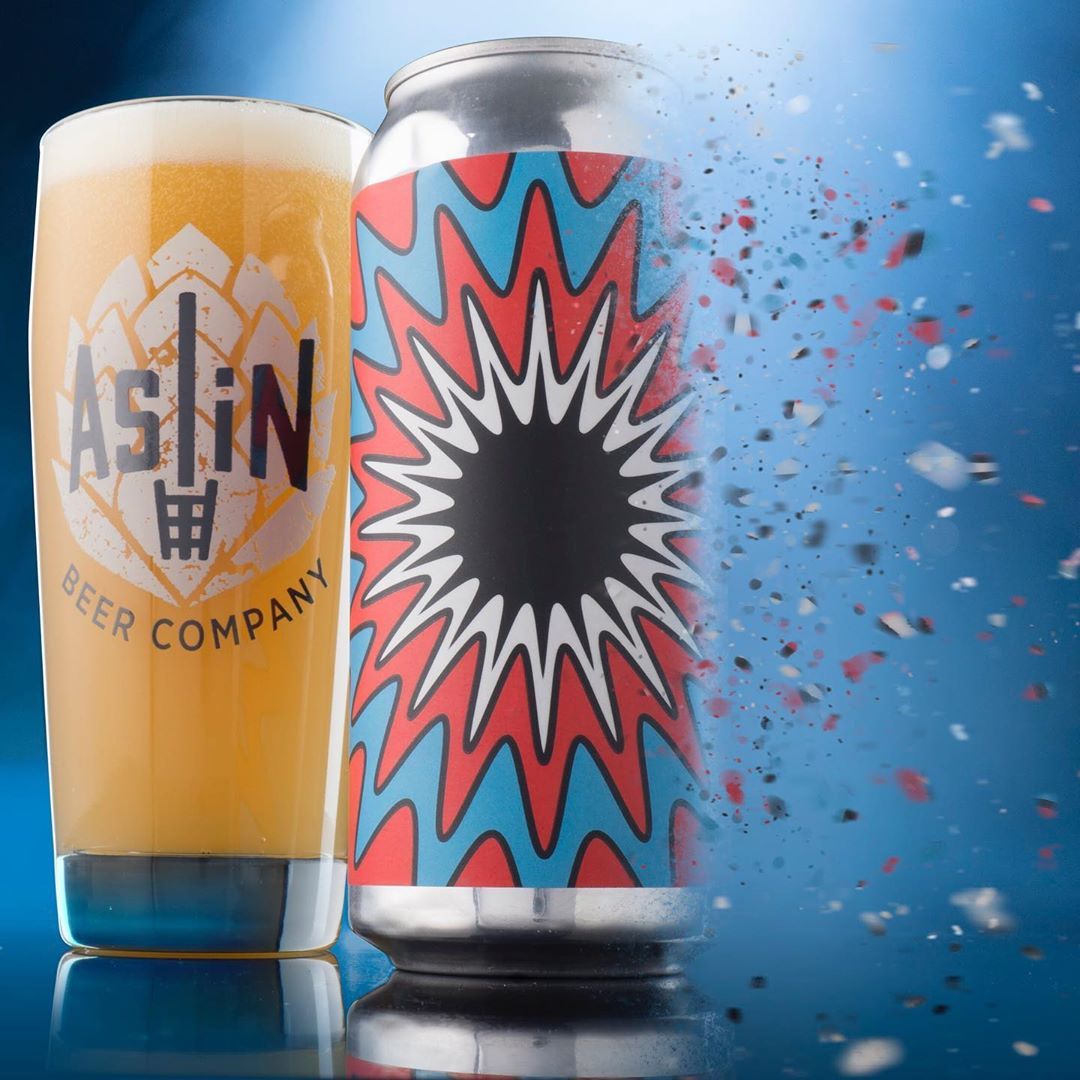
Dry Hopped IPA/Double Dry Hopped IPA/Triple Dry Hopped IPA
According to the Oxford Companion of Beer, the dry-hopping technique is defined as “a cold infusion technique that not only intensifies hop aromatics in beer but also adds aromatics that are substantially different from those achieved by late hopping.”
Furthermore, the technique’s sole purpose is to “infuse beer with additional fresh hop flavor and aroma.” As such, this technique has skyrocketed in popularity, as all hopheads are constantly seeking extraordinarily fresh hop flavor and aroma.
This technique can be employed across the entire spectrum of IPA styles, but it deserves a mention on its own – as well as with its souped-up derivatives DDH (double dry hopped) and TDH (triple dry hopped).
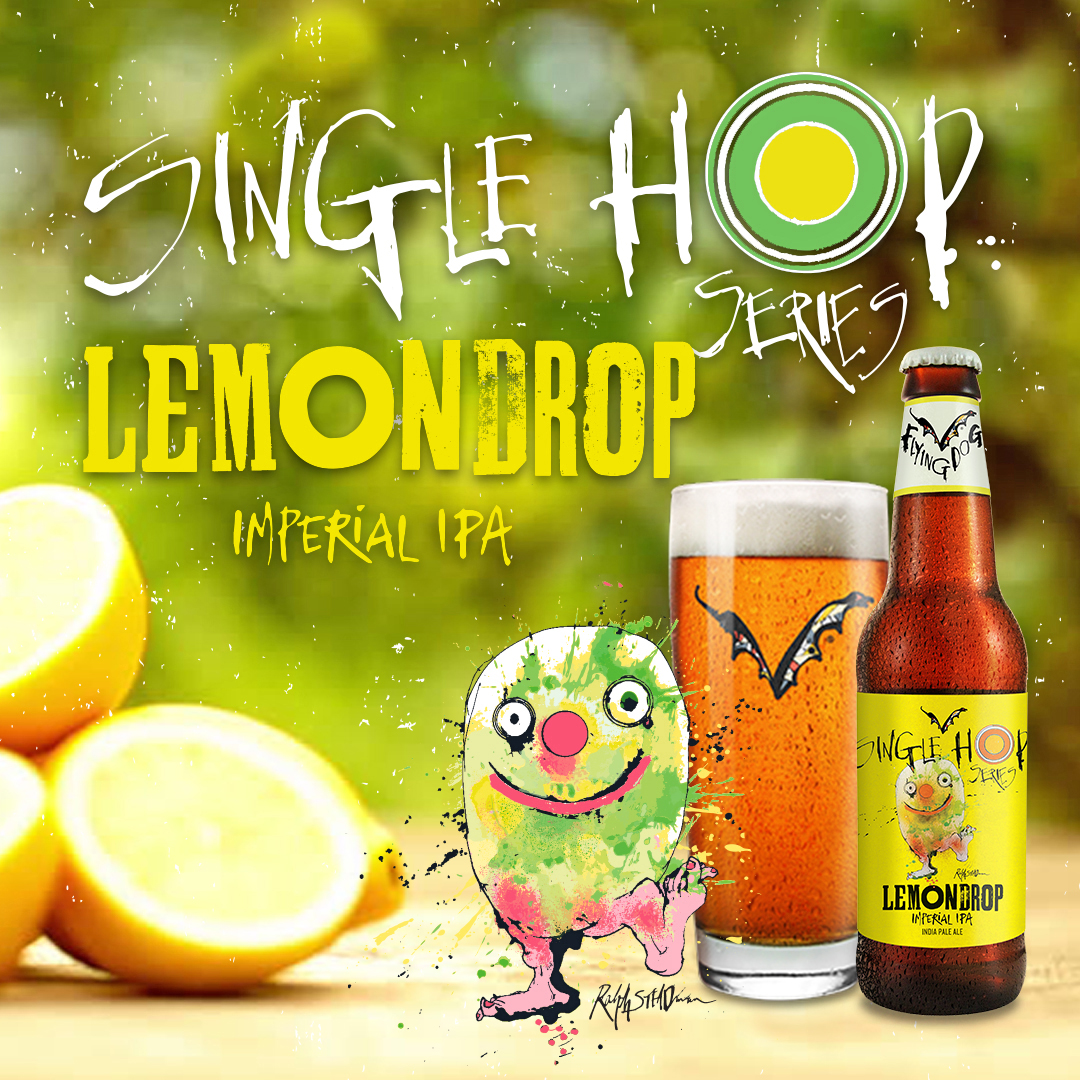
Single Hop IPA
As its name would suggest, this IPA style serves as a showcase for specific hop varietals. While this might seem as if it would be too one-note, breweries are so talented these days that they are able to pull enormous flavor from just one hop variety.

SMASH IPA
An extension and further streamlining of the Single Hop IPA, SMASH IPA stands for “Single malt and single hop” IPA. The lack of malt additions means the beer is pretty much a blank canvas for the hop varietals – serving as perhaps the purest method to pick out specific flavors and aromas in a particular hop.
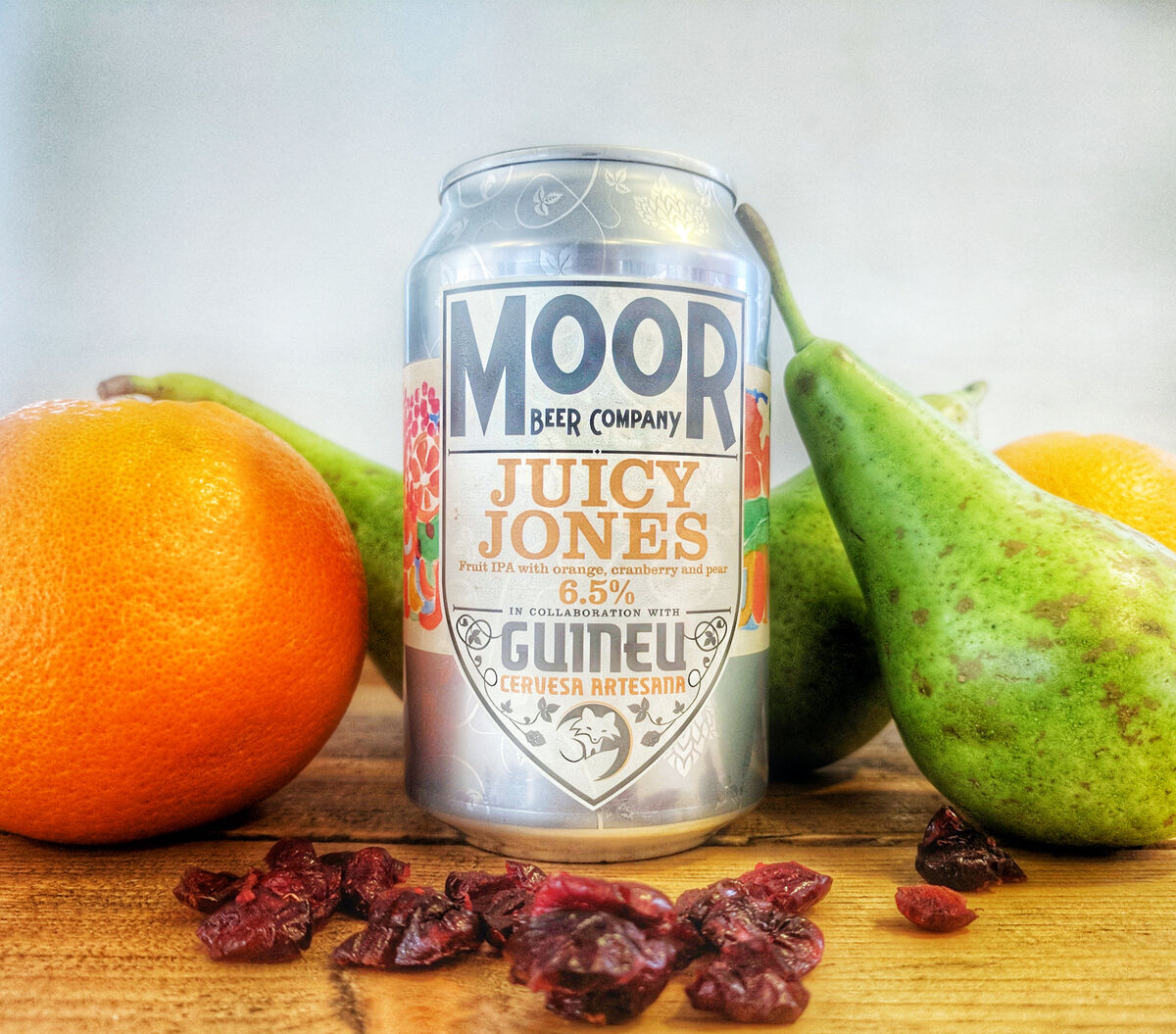
Fruit IPA
This might not necessarily be its own standalone style, but IPAs with additions of fruit are among the most common you’ll find on store shelves.
The common adjuncts are citrus fruits such as oranges and tangerines, though passion fruit and guava are also extremely – thanks in no small part to the popularity of the “POG” substyle of IPA (passion fruit, orange, guava).
Of course, citrus is not the only fruit you’ll find in IPAs, as many different fruits serve as an excellent accompaniment to powerhouse hop flavors.
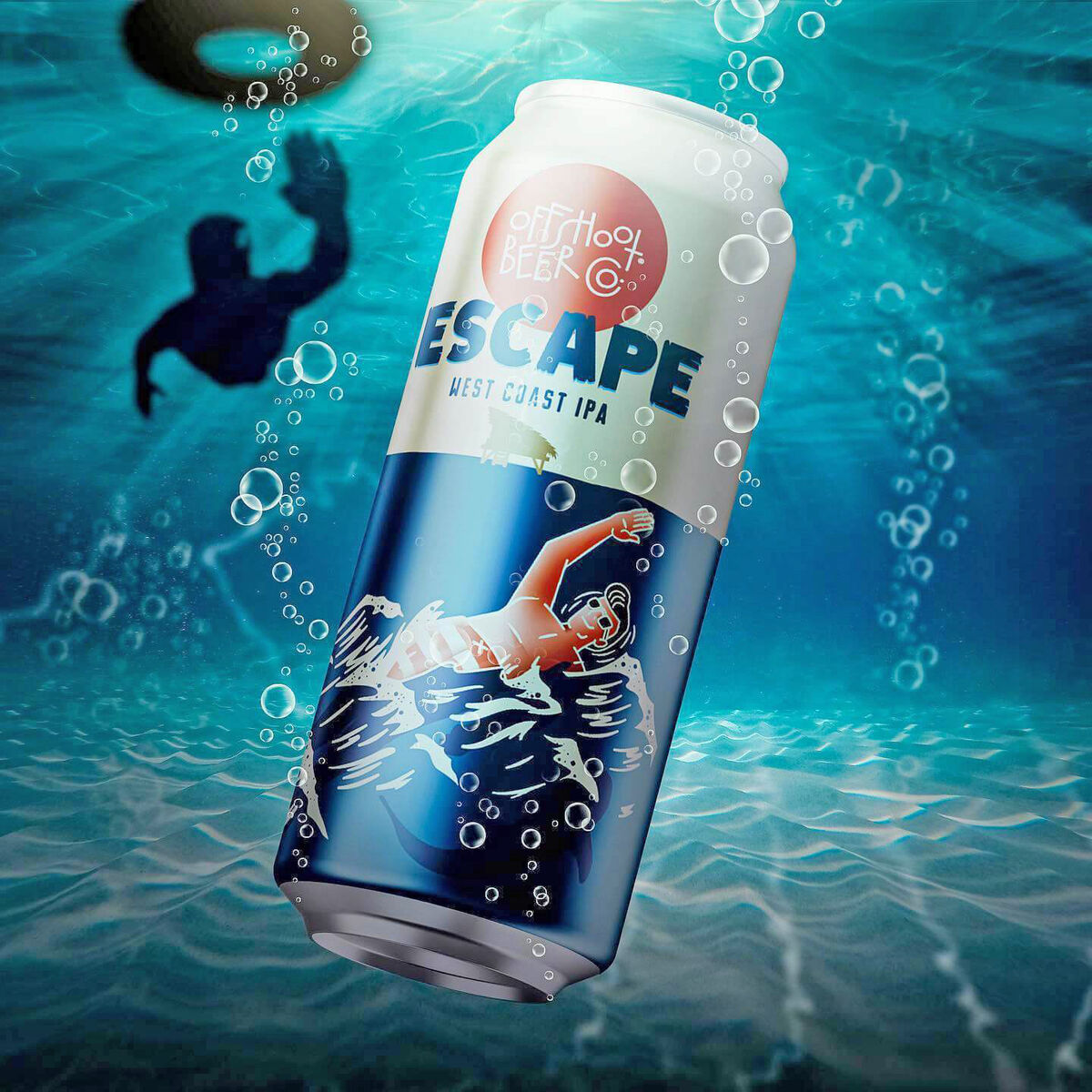
West Coast IPA
What was once the standard-bearer for the IPA style has now become a sub-style on its own. While West Coast IPAs typically describe standard American IPAs in that they are almost always crystal clear, an orangey golden color, and provide piney, resiny and dank hop flavors.
Of course, because of the meteoric rise of New England IPAs, the more old-school American IPA is having to differentiate itself with this catchy new name for itself.
The West Coast IPA immediately brings to mind surf, sand and good vibes – and it follows up on it with a bright, clear and inviting pour that still deserves credit for its pioneering spirit in the beer world.

Session IPA
This light, easy-drinking style should be reminiscent of a standard American IPA or more newfangled West Coast IPA with a far lower alcohol content and a light (bordering on thin) mouthfeel.
These crystal-clear IPAs were all the rage for a time, but have since fallen somewhat out of favor as more and more breweries explore hard seltzer options.
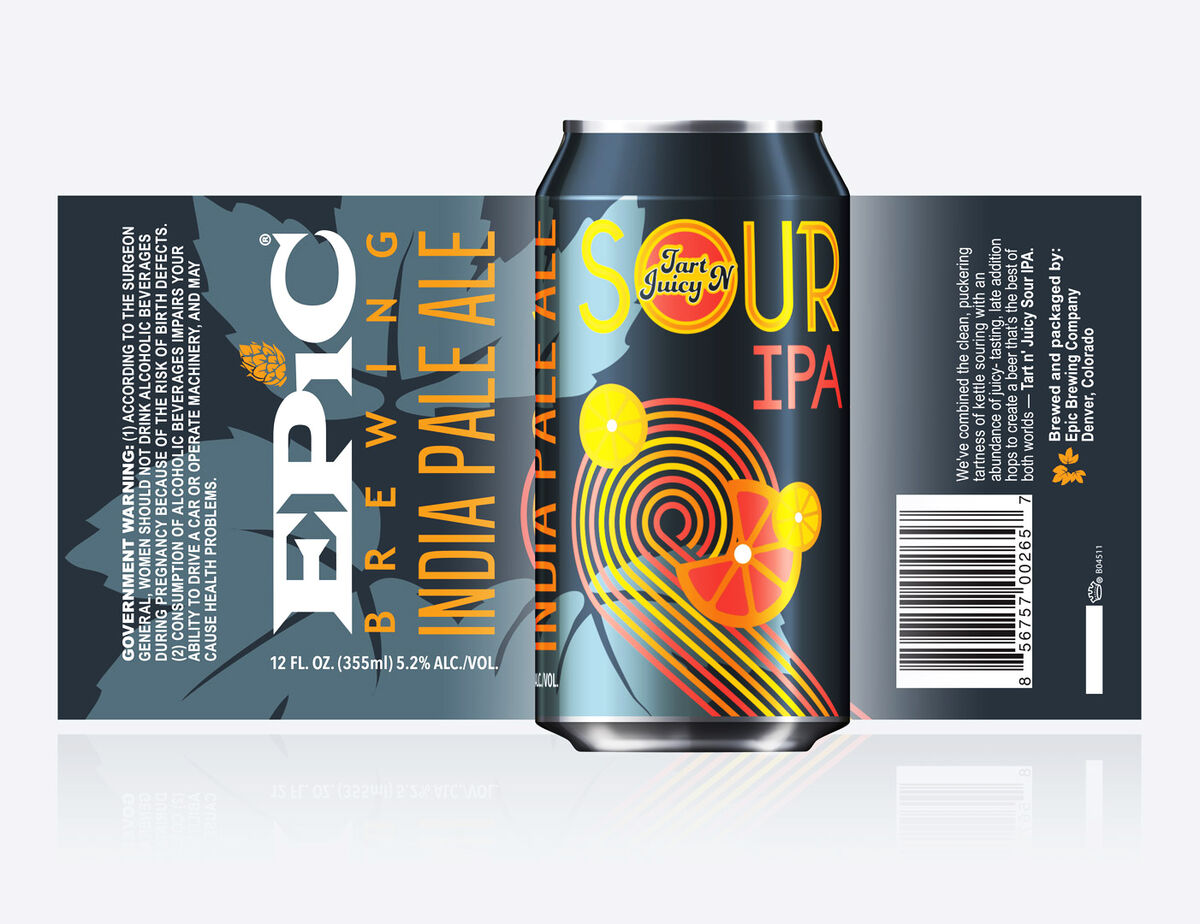
Sour IPA
A rather recent entry into the world of fascinating IPA style experiments and hybrids, Sour IPAs serve as a branch of the New England IPA tree. These hazy brews typically feature hot new hop varietals, a pillowy mouthfeel and, most importantly, the addition of lactobacillus for the sour part of the equation.
This style also often features lactose, wheat or oats – making it also quite close in relation to the Milkshake IPA. This style was first given its “official” name in early 2015 by Epic Brewing of Salt Lake City with the brewery’s famed Tart ‘n Juicy Sour IPA.
Since then, the style has taken off, with myriad breweries producing these tart, juicy and hoppy concoctions.
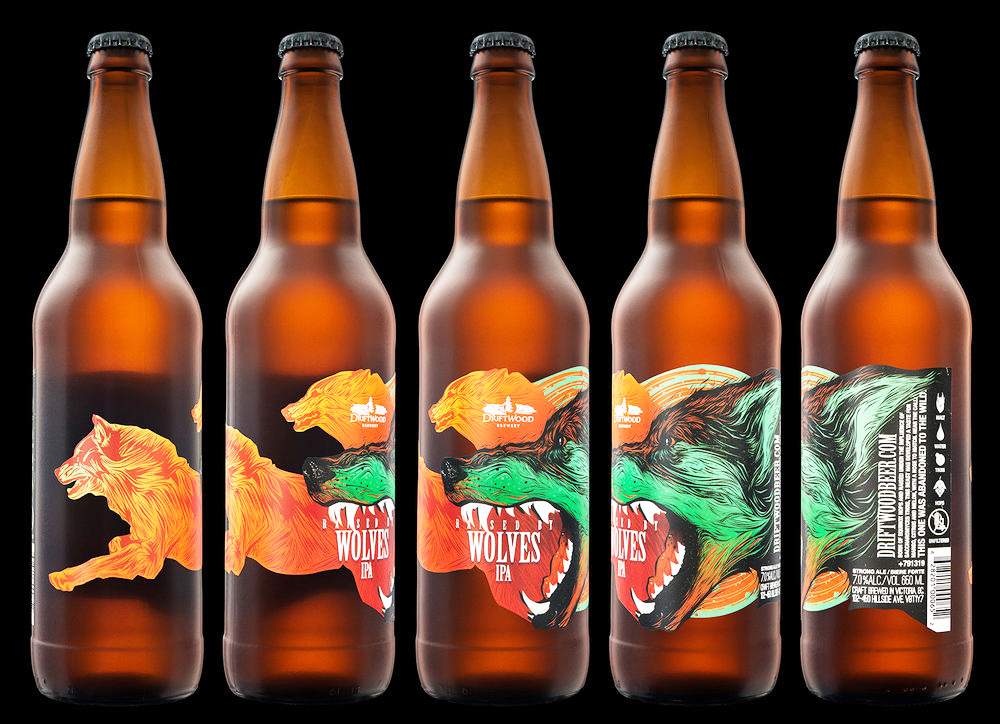
Wild IPA
This exceedingly rare style features a wild yeast strain, much like an American Wild Ale, but still holds onto the tremendous hoppy elements that make an IPA stand out from other styles. This style could also be called a “funky" or "farmhouse IPA." Very few of these have been made, so this seems to be an area where brewers will look to experiment with (and engage beer fans with) in the future.
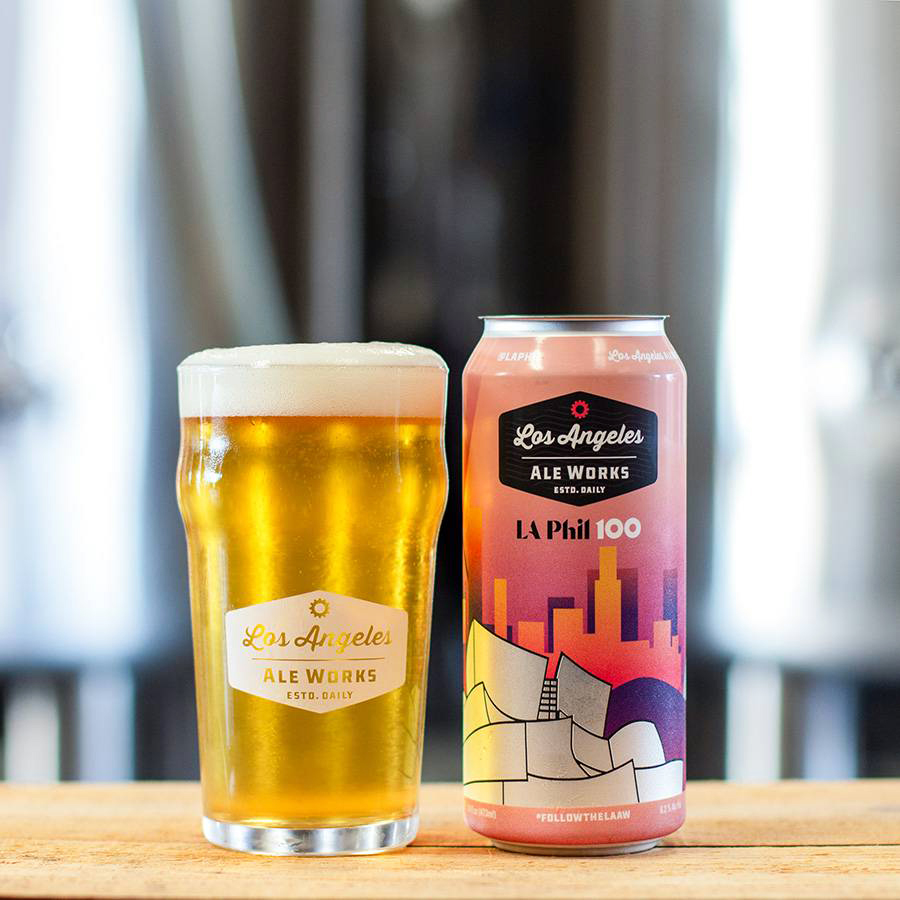
Brut IPA
This style was incredibly popular between 2018 and late 2019, but has since faded from view. The meteoric rise and precipitous decline for the Brut IPA showcases just how much competition there is in the craft beer scene.
This bone-dry, slightly hazy and light, yellow-colored IPA uses an enzyme that leaves little to no residual sugar, meaning it is almost always a healthier alternative than standard IPAs. Its flavor can be described as sharp, as the lack of sugar allows the flavors to truly “pop” against the quite creamy mouthfeel.
This interesting IPA isn’t made as frequently as it was just over a year ago, but hopefully that will change shortly.
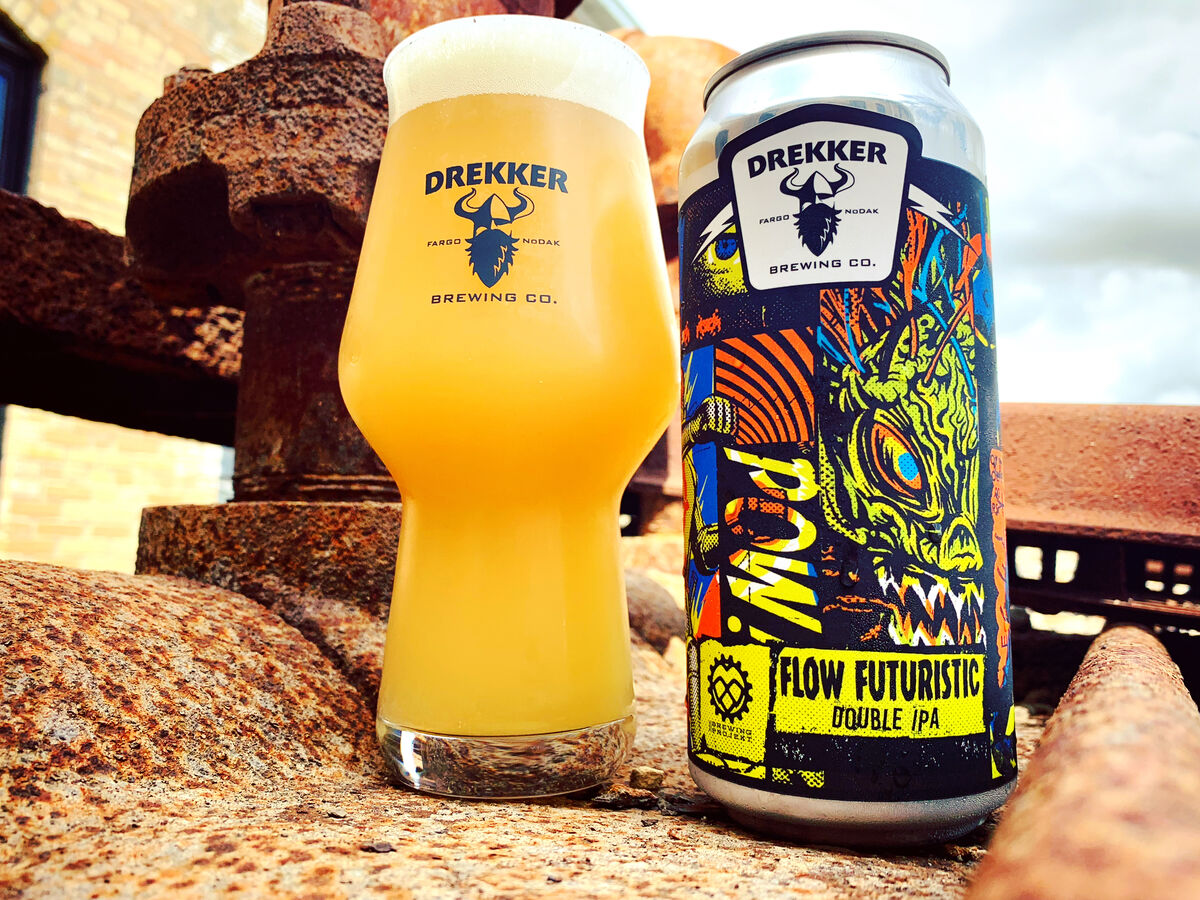
High Density Hop Charged
This recent innovation in IPA production creates the most hoppy brews imaginable. Pioneered at IPA-innovating brewery Other Half Brewing in Brooklyn, New York, the team there had this to say about HDHC’s:
"We wanted to explore unnecessarily large hop additions using our new experimental Citra hop product, Citra Cryo and regular Citra pellets. HDHC is an acronym to denote this combo and it stands for High-Density Hop Charge due to the extra high hopping rate. We are going for the biggest baddest aromatics we can and it represents around 15 lbs/bbl but with our combo of hop products it's as smooth as ever."
IPA darlings such as Other Half, The Veil Brewing Co. in Richmond, Virginia and Trillium Brewing Co. in Boston, Massachusetts have all experimented with HDHC’s, and it looks to be on the rise around the beer world. Read our full story in this issue on HDHC IPAs.
Thanks for reading! Did we miss any IPAs? Let us know in the comments or on social media. Cheers!



